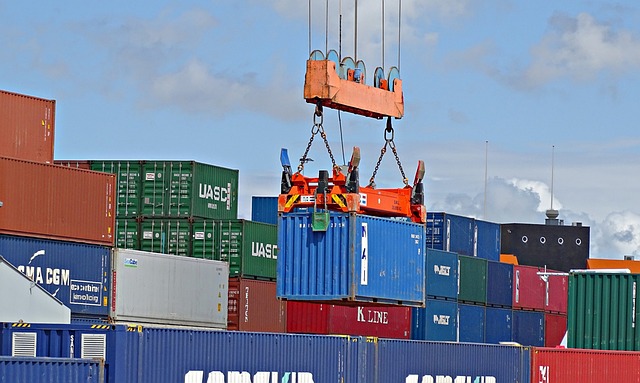-
President Ferdinand Marcos, Jr. has signed the executive order implementing the Philippines’ tariff commitments under the Regional Comprehensive Economic Partnership
-
Executive Order No. 25, signed on May 7 and released on May 12, operationalizes the Philippines’ tariff commitments under the trade agreement and modifies the rates of import duty on certain imported items
-
EO 25 takes effect on June 2
President Ferdinand Marcos, Jr. has signed the executive order implementing the Philippines’ tariff commitments under the Regional Comprehensive Economic Partnership (RCEP) Agreement.
Executive Order No. 25, signed on May 7 and released on May 12, operationalizes the Philippines’ tariff commitments under the trade agreement and modifies the rates of import duty on certain imported items.
The order takes effect on June 2.
The signing of the EO follows the National Economic and Development Authority (NEDA) Board’s endorsement last April of the implementation of the Philippine Schedule of Tariff Commitments under the RCEP Agreement.
The EO has a 586-page Annexes listing the new tariff schedule.
Under EO 25, all originating goods of other parties to the RCEP and all originating goods of parties to the RCEP that are subject to tariff differentials and that are entered into or withdrawn from warehouses or Free zones in the Philippines for consumption or introduction to the customs territory, will be levied the prescribed rates of duty, subject to the submission of a Proof of Origin and compliance with all applicable requirements under the agreement.
The Tariff Commission may be requested to issue advance rulings on tariff classification of goods to confirm the applicable rates of duty of particular goods subject of the EO, consistent with Section 1100 of Republic Act No. 10863, or the Customs Modernization and Tariff Act.
Originating goods subject to tariff differentials will be eligible for preferential tariff treatment applicable to the originating goods of the exporting party, provided that the exporting party is the RCEP country of origin.
If the exporting party of the originating goods is not established to be the RCEP country of origin, the party that contributed the highest value of originating materials used in the production of those goods in the exporting party will be deemed the RCEP country of origin.
The originating goods will then be eligible for preferential tariff treatment applicable to the originating goods of the RCEP country of origin.
According to EO 25, the Philippines may allow an importer to make a claim for preferential tariff treatment at either:
• The highest rate of customs duty that the Philippines applies to the same originating goods from any of the parties contributing originating materials used in the production of such goods, provided that the importer is able to prove such claim.
• The highest rate of customs duty that the Philippines applies to the same originating goods from any of the parties.
Nothing in EO 25 should preclude the Philippine government from invoking its right of recourse to all trade remedy measures provided for in its laws, the RCEP Agreement, and other relevant international agreements, to ensure the prevention of import surges or unfair trade practices.
The RCEP is a free trade agreement (FTA) between the 10 member states of Association of Southeast Asian Nations (ASEAN) and its five FTA partners (Australia, China, Japan, New Zealand and Republic of Korea). It was signed on November 15, 2020 after years of negotiation that began in 2012.
The RCEP takes effect in the Philippines on June 2, 60 days after the instrument of ratification was deposited to the ASEAN director general on April 3. The Senate on February 21 has finally ratified the RCEP through the approval on third and final reading of Senate Resolution No. 485.
Trade assistant secretary and the Philippines’ RCEP chief negotiator Allan Gepty earlier said to implement the agreement, an EO and a Bureau of Customs order must be issued that will be both taking effect on June 2.
Trade Secretary Alfredo Pascual earlier said that essentially, the EO will maintain current preferential tariffs on about 98.1% of the 1,718 agricultural tariff lines and 82.7% of the 8,102 industrial tariff lines.
The RCEP covers a market of 2.2 billion people with a combined size of US$26.2 trillion or 30% of the world’s gross domestic product. The deal will improve market access with tariffs and quotas eliminated in over 65% of goods traded, and will make business predictable with common rules of origin and transparent regulations. This aims to encourage firms to invest more in the region, including building supply chains and services, and to generate jobs. – Roumina Pablo





